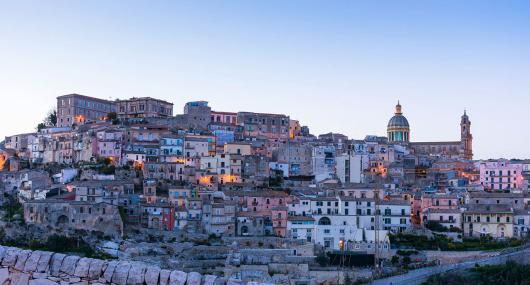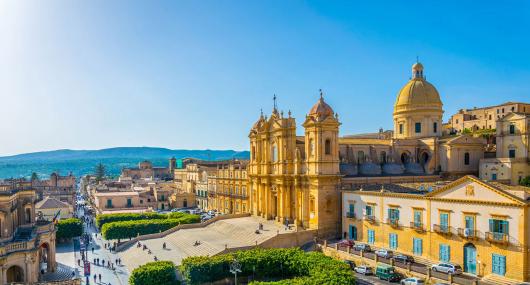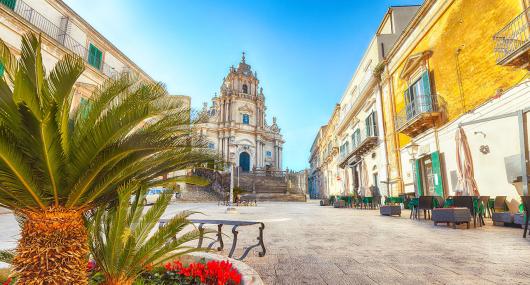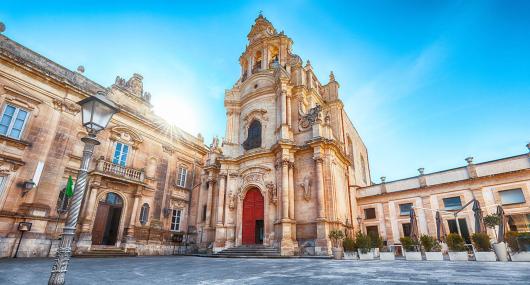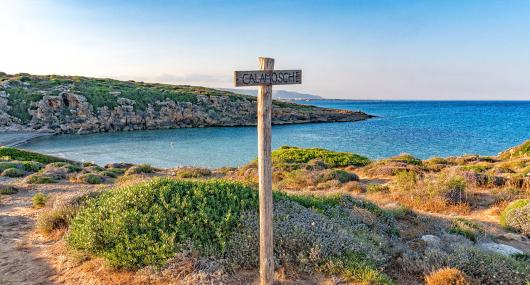Places and events not to be missed
What to see in Modica, discover Sicily.
A TERRITORY RICH IN HISTORY
Modica Beach Resort is in an area steeped in history. Here you can travel through time: from Magna Graecia to the Baroque and then reach the present day and find yourself on the set of the fictional Commissioner Montalbano.
During your stay in Marina di Modica there are many things to see. Each one of them is a precious gem to set in your holiday memories.
During your stay in Marina di Modica there are many things to see. Each one of them is a precious gem to set in your holiday memories.
Scicli and Punta Secca
The locations of Inspector Montalbano
The Sicilian writer Andrea Camilleri chose the Ragusa area to set the stories of his Commissario Montalbano. Thus today you can visit the f..
The Donnafugata Castle
The film set of the film Il Gattopardo
Less than 35 km from Modica is the Castle of Donnafugata. During the 19th century the Castle became one of the most significant centres of s..
Marzamemi and the Vendicari nature reserve
Between ancient tuna factories and crystalline sea
Marzamemi is an ancient village that extends entirely along the sea. Located in the province of Syracuse it was born around the year 1000 ..

Ideal for families
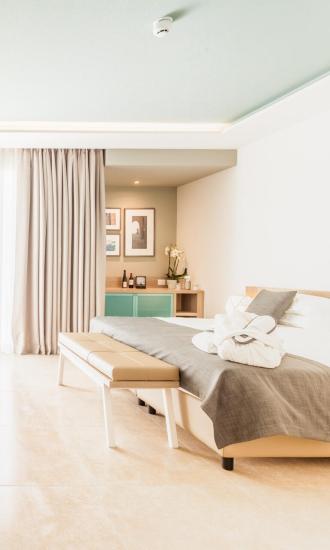
Ideal for couples
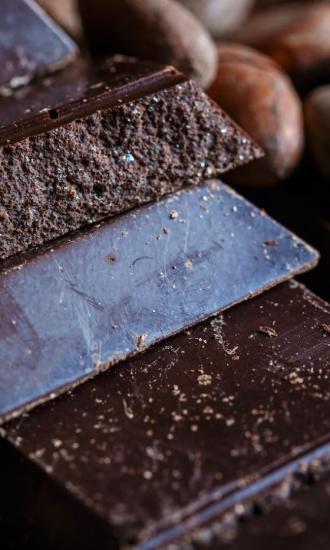
Your holiday starts now
If you fill out the form below we will send you a detailed quote, do it now, it will be quick and easy.
Book the
Modica Beach Resort:
- Access to the wellness centre (by reservation, for a fee)
- Access to the beach (for a fee)
- Access to the pool
- Guarded car park (for a fee)
- Free Wi-Fi
- Concierge
Modica Beach Resort
Via del Laghetto ang. Via Taormina
Modica 97010 (Rg) - IT
Tel. +39 0932/1846391
E-mail: info.modica@lbhs.it
Information Office: +39072163071
CIR: 19088006A201081
Follow us
Via del Laghetto ang. Via Taormina
Modica 97010 (Rg) - IT
Tel. +39 0932/1846391
E-mail: info.modica@lbhs.it
Information Office: +39072163071
CIR: 19088006A201081
Follow us
BOUTIQUECOLLECTION
URBANCOLLECTION
RESORTCOLLECTION
Credits TITANKA! Spa



